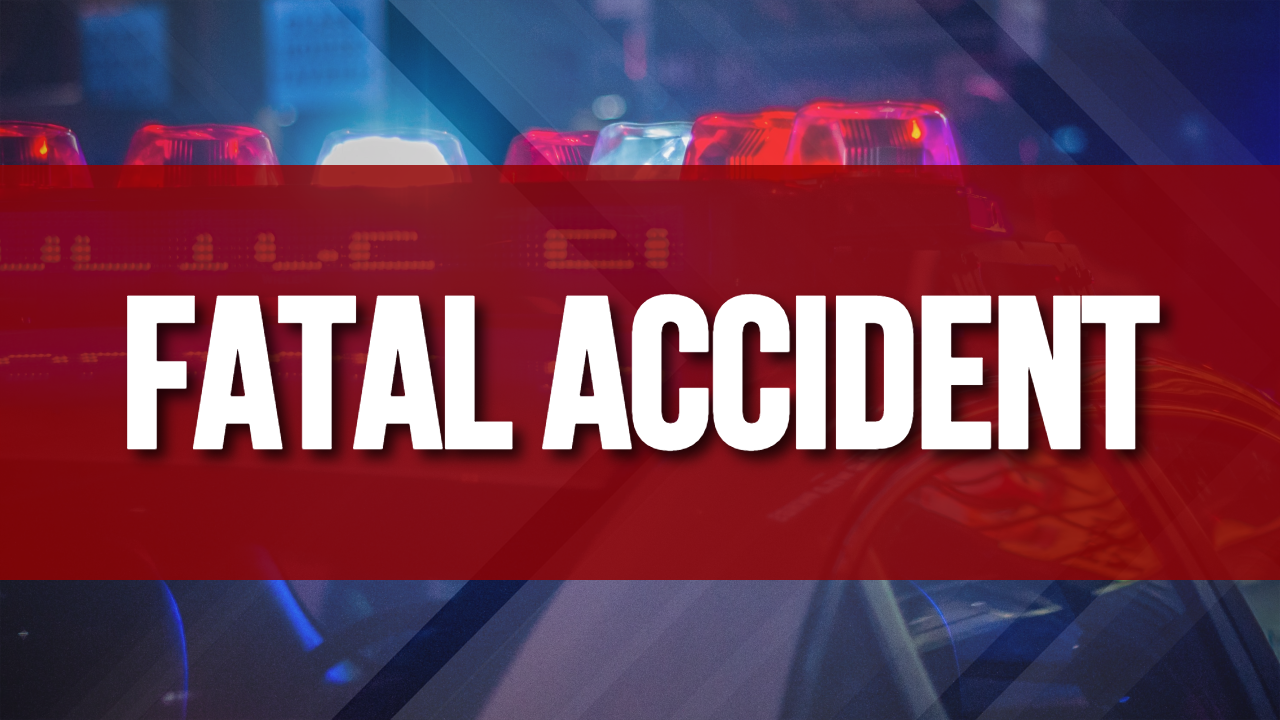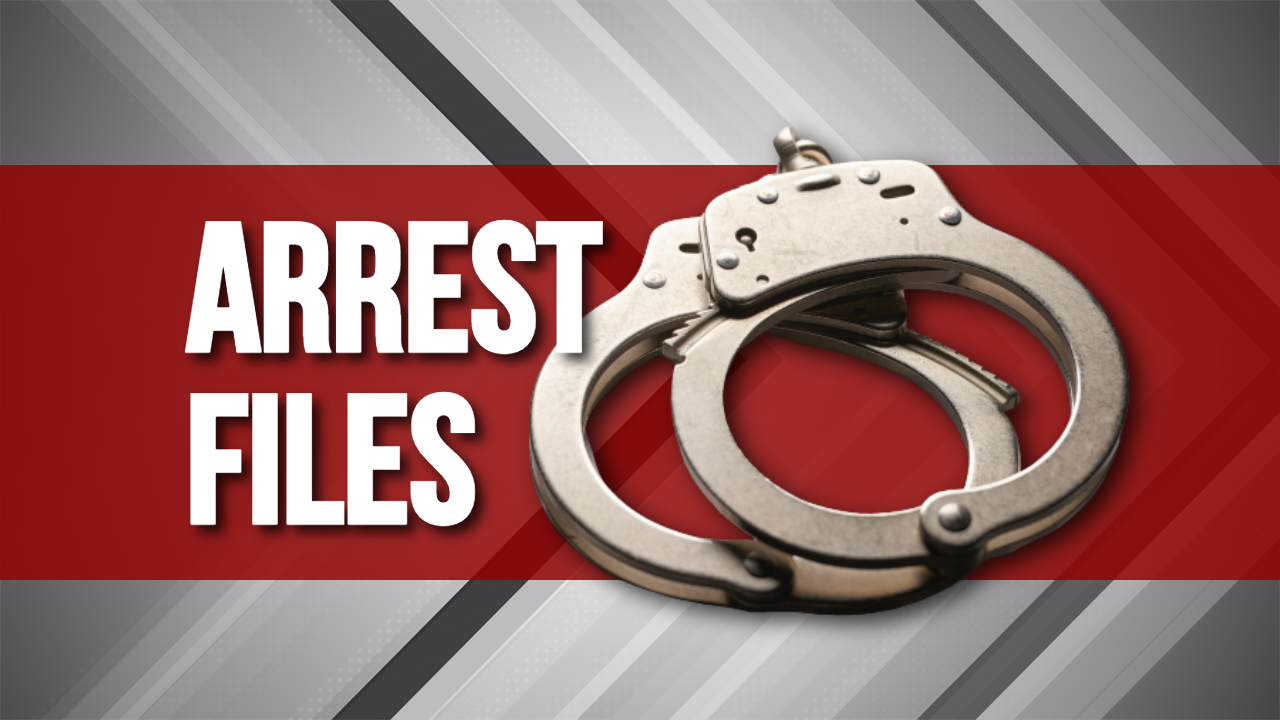
(LOS ANGELES) — A massive magnitude 8.8 earthquake struck off Russia’s Pacific coast on Tuesday, sparking tsunami warnings — and evacuations of coastal areas — in Hawaii and alerts all down the U.S. West Coast.
After the initial tsunami waves had washed ashore in Hawaii and along the West Coast, officials with the Pacific Tsunami Warning Center reduced the alert level for the Hawaiian islands to a tsunami advisory. Local officials in Oahu said just before 11 p.m. local time that evacuees who’d moved to higher ground on the island could begin returning.
Gov. Josh Green told reporters early Wednesday that Hawaii had so far “not seen a wave of consequence, which is a great relief to us.” He added, “It’s kind of a blessing to not be reporting any damage,” though warned there could yet be more tsunami waves.
“So far, though, at the moment, so good,” Green said.
Coastal areas of Alaska, Oregon, Washington and California remained under National Oceanic and Atmospheric Administration tsunami advisories as of Wednesday morning. A stretch of coastline north of Cape Mendocino, California, to the border with Oregon remained under a tsunami warning.
Tsunami waves were recorded in Monterey, California, as of 12:48 a.m., the National Weather Service said. Tsunami waves reached San Francisco at around 1:12 a.m.
A tsunami warning means that a tsunami that could cause widespread, dangerous flooding and powerful currents is expected. A tsunami watch means a distant earthquake has occurred and a tsunami is possible.
Hawaii at center of initial warnings
The National Weather Service had early said in a post to X just after 7 p.m. local time — 1 a.m. ET — that tsunami waves “were recently detected in Haleiwa.”
Just after 8:30 p.m. local time, the Hawaii County Civil Defense Agency wrote on X, “It’s not over yet: Initial wave impacts from the leading edge of the tsunami measured several feet at some monitoring stations, but ‘follow-up’ waves over the next several hours often are LARGER. Don’t return to evacuated areas until the Tsunami Warning is officially lifted.”
Waves of up to 4 feet were recorded off of Oahu, with no large waves reported near the Big Island.
Hawaiian Airlines and Alaska Airlines said they would resume flights on Wednesday morning after a pause due to the tsunami warnings.
In a message posted on social media, President Donald Trump urged people to “STAY STRONG AND STAY SAFE” and to monitor updates on the tsunami.gov online dashboard.
In Hawaii, the NWS called for “urgent action” to protect lives and property.
Officials there urged residents to leave beaches and evacuate low-lying areas for higher ground or to take shelter on at least the fourth floor of a building. Sirens sounded across the Hawaii islands 10 minutes after each hour for the three hours leading up to the expected impact as a part of a statewide warning system.
The first tsunami waves were forecast to reach Hawaii just after 7:15 p.m. local time — or 1:15 a.m. ET. The initial waves were expected on the Kauai coast, with effects on Hawaii island about 20-30 minutes later.
Speaking at a press conference less than an hour before the waves were expected to hit, Green said — based on indications from other areas in the Pacific, the waves had already passed through — officials in Hawaii were braced for a “significant wave” measuring 6 feet total, from peak to trough. “That means a 3-foot wave riding on the top of the ocean,” Green said.
All shores of the island are at risk because tsunami waves wrap around islands, officials said.
“The danger can continue for many hours after the initial wave as subsequent waves arrive. Tsunami heights cannot be predicted and the first wave may not be the largest,” the NWS said in an alert.
“It is not just a 3-foot wave, it is a forceful wall of water,” the governor said, adding that it’s possible such a wave could knock down utility poles and leave debris strewn in its wake.
Amid earlier reports of traffic gridlock as residents evacuated the shoreline, the governor said he thought there was plenty of time for people to reach higher ground and that it appeared traffic was already easing.
In an interview with ABC Honolulu affiliate KITV, Honolulu Mayor Rick Blangiardi urged residents to move to higher ground.
“We need people to stay calm but also to act accordingly. If you can get to higher ground if you’re in a low-lying area, please do that.” He urged caution on the roads amid “bumper-to-bumper traffic” during evacuations.
Tsunami alerts for West Coast, around the world
In the wake of the quake, a tsunami warning was issued for part of Alaska’s Aleutian Islands and Northern California, from Cape Mendocino — located about 200 miles north of California — to the Oregon border. The rest of the California coast, as well as Oregon and Washington, were under a tsunami advisory.
The U.S. territories of Guam and American Samoa were also put under a tsunami advisory, according to USGS.
The intense quake occurred about 85 miles off the east coast of Russia’s Kamchatka Peninsula with a depth of nearly 12 miles, according to the U.S. Geological Survey. It was one of the most powerful earthquakes ever recorded by the agency, which upgraded its magnitude from initial reports of 8.0 and 8.7.
Magnitude 6.3 and 6.9 aftershocks were also reported in the area, according to USGS.
Damage was reported in Russia’s far eastern Kamchatka region, where emergency services said 3,000 people were evacuated.
All of northern Japan was placed under a tsunami warning, with around 2 million people evacuated. Residents there have been told to stay away from coastal areas.
Japan’s meteorological agency warned that a tsunami about 1 meter (3 feet) high was expected to reach Hokkaido in the north around 10:00 a.m., local time, with waves arriving later in the day along parts of eastern Honshu and Kyushu in the south.
People were warned to stay away from the coast and river mouths and not to approach the water to observe.
In Central and South America, tsunami warnings or watches were put in place by authorities in Chile, Peru, Ecuador, Costa Rica, Mexico, Guatemala, El Salvador and Colombia.
In the Pacific region, French Polynesia, Guam, Samoa, Solomon Islands, Fiji, Marshall Islands, Kiribati, New Caledonia, the Cook Islands, Nauru, Australia and the Philippines issued various levels of tsunami alerts, plus warnings of expected strong currents and possible flooding.
New Zealanders were advised to avoid beaches due to expected strong currents and surges.
U.S. territories in the Pacific including Johnston Atoll, Midway Island, Palmyra Island, Howland and Baker Islands, Jarvis Island and other nearby small islands were also put on alert for possible tsunami waves.
China issued tsunami alerts for Shanghai and Zhejiang regions, though those were later lifted.
ABC News’ Bonnie Mclean, William Gretsky, Anthony Trotter, Mireya Villarreal, Tanya Stukalova, Clark Bentson and Jessica Gorman contributed to this report.
This is a developing story. Please check back for updates.
Copyright © 2025, ABC Audio. All rights reserved.




